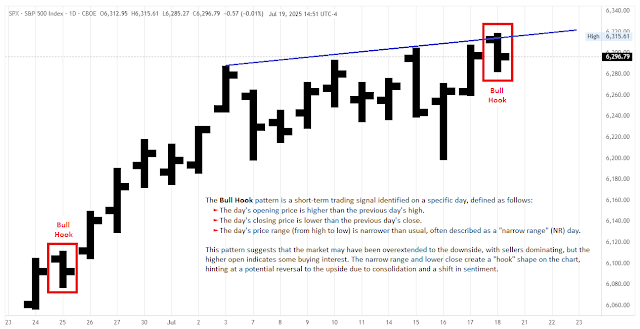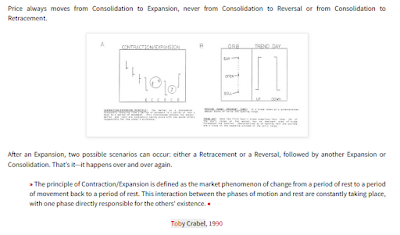One of Larry Williams’ best-known setups is called Oops!: We are waiting for the market to open. We take as a reference the daily bar of yesterday, with its open, evolution and close. When the market opens, suppose a gap up occurs. A gap up takes place when the open is higher than the highest point that was reached on the previous day; a gap down occurs when the open is lower than the lowest traded point of the previous day.
When
a market opens at a very high level and there is a gap up, it is very
strong. So, we obviously suppose that it goes up. It will probably do it
but, if for some reason it starts to fall and then reaches the highest
level of yesterday, it is as if it said: "Oops!, I was wrong. I’m not strong, but weak."
In this case, we open a short position at this level. We enter short
because we imagine that the market (and the players in the market)
realizes it isn’t that strong. Actually, the market is weak, so it will
go down.
To use this setup, we obviously need a stop-loss whose size depends on the market we are trading. How do we close this position? Larry Williams proposed a bailout exit he called "first profitable open". This consists in staying in the position until, on the following day or days, the market opens somewhere below the entry level (because we are short). When that happens, we close the trade. So, we keep the position until we get the profit or, obviously, when we are stopped out. We can also close the position at the end of the same day. The one suggested by Larry Williams is however the best one, although it sounds quite weird. Believe me, the first profitable open is a very effective close of the position.
This is the basic version of the Oops! Anyway, I know Larry Williams made some tweaks to it. The Oops! works, but today this specific setup is quite rare. The reason is that many markets trade for 23 hours a day now. So, it’s quite hard to have a heavy gap in just one hour. Maybe, you can have one after the weekend, but normally it’s not there.

















.png)


















